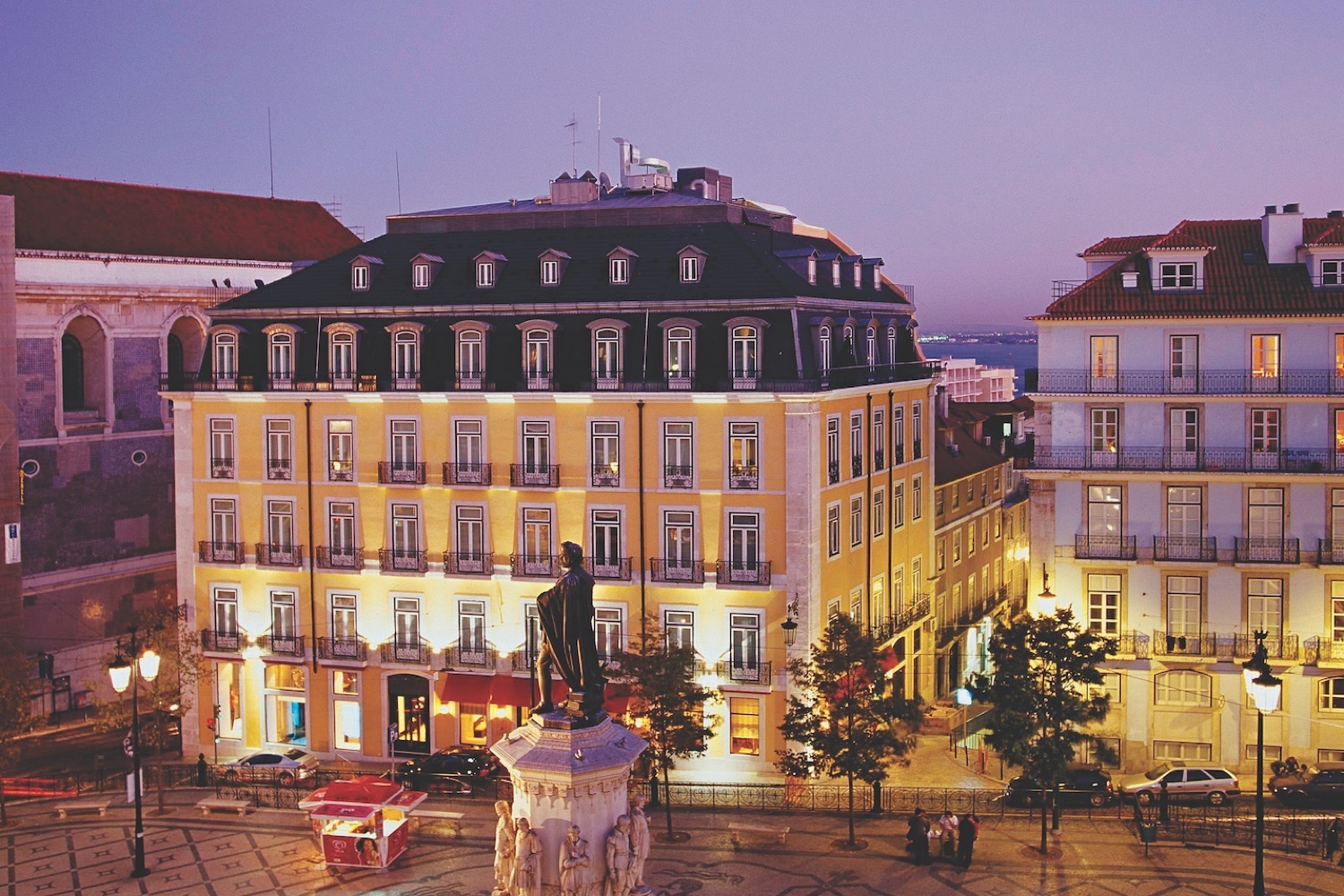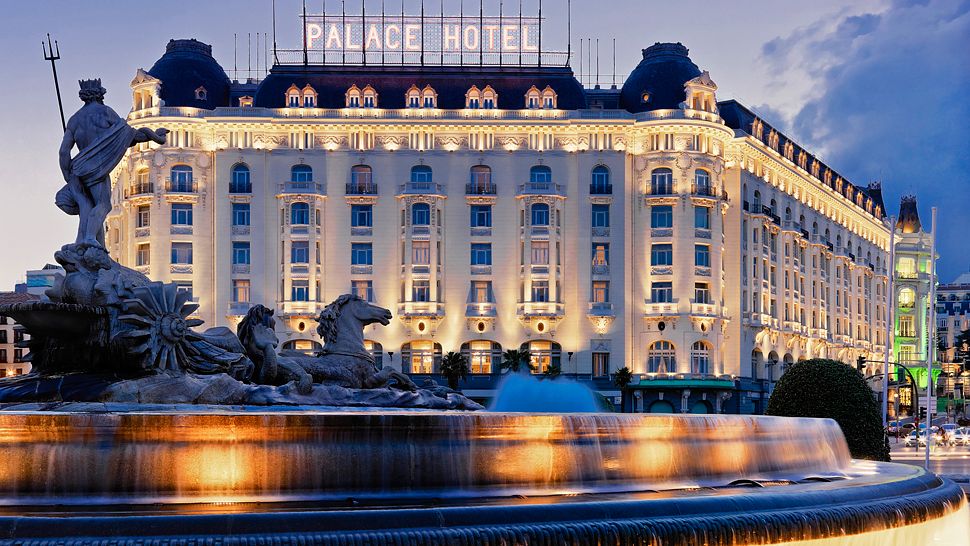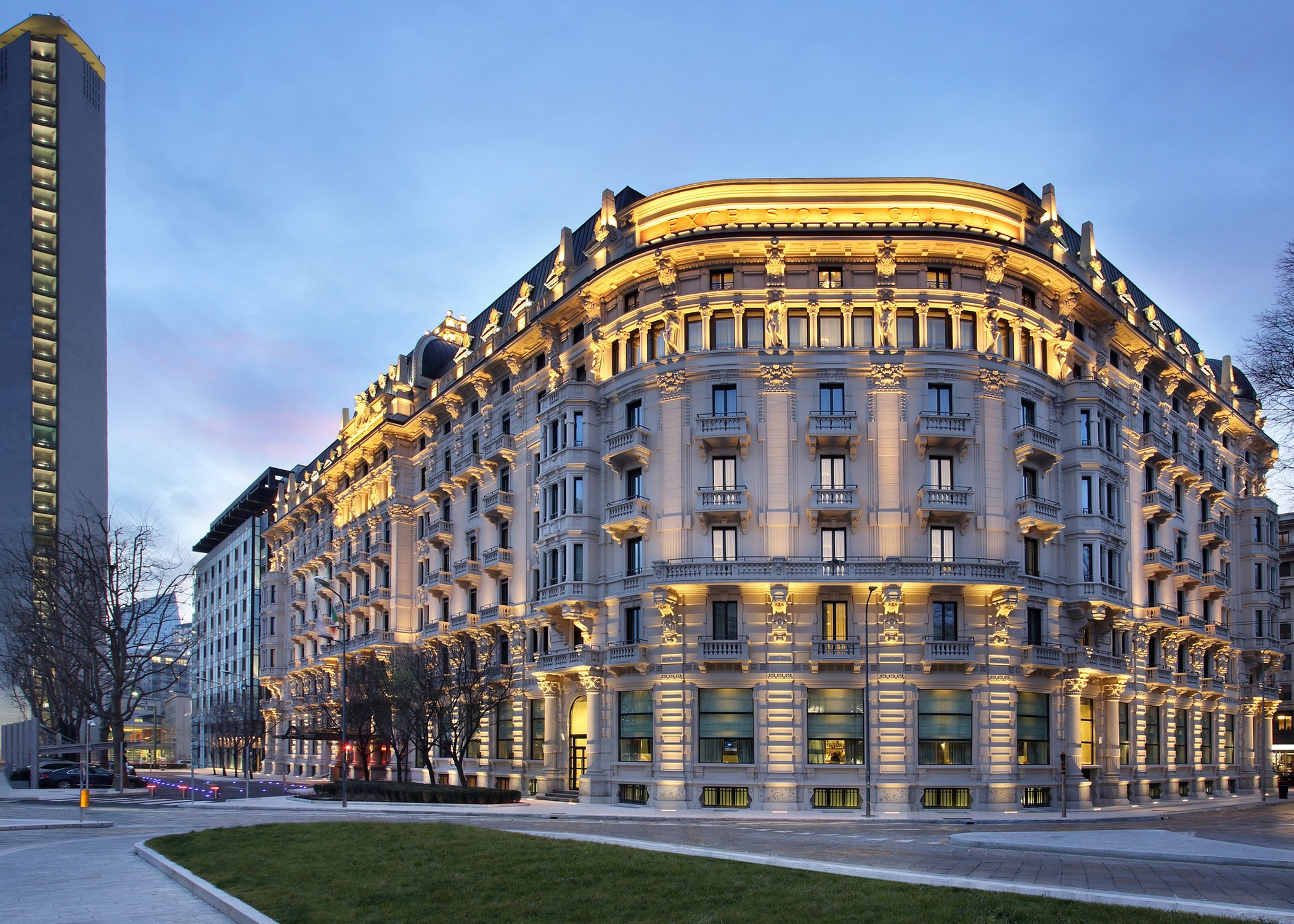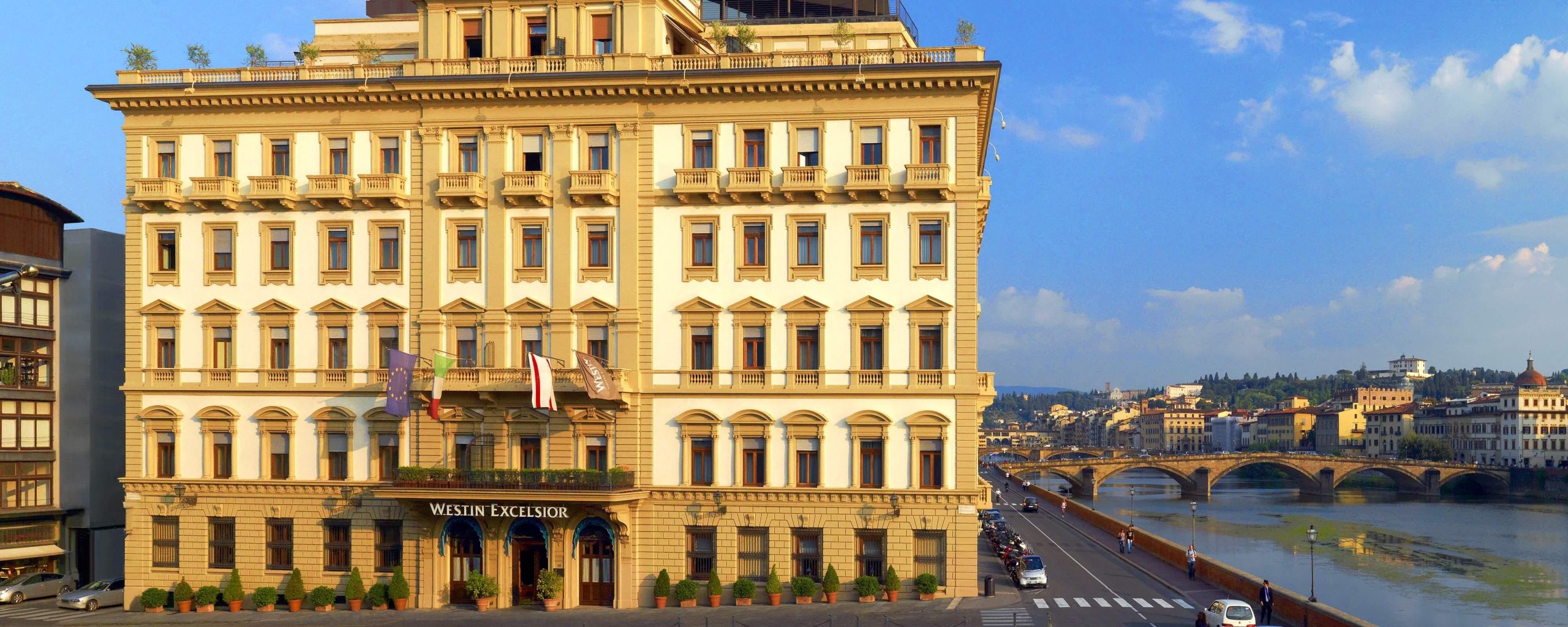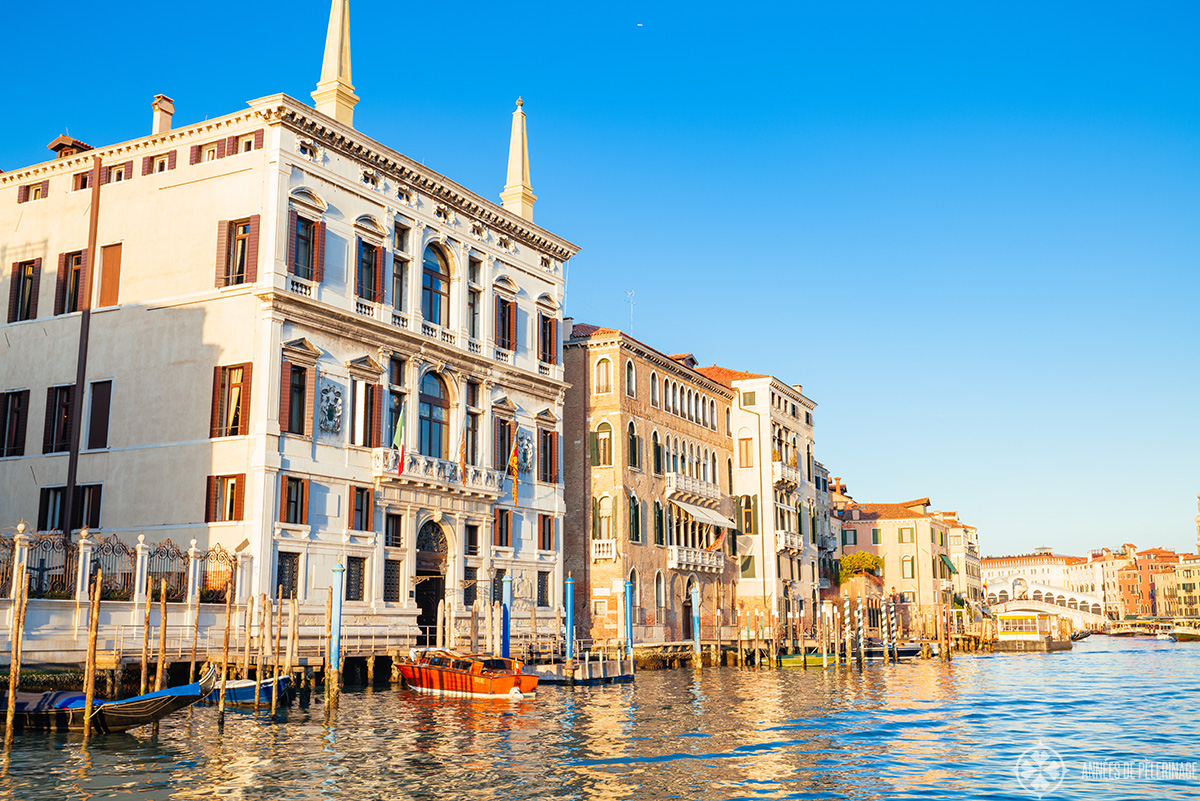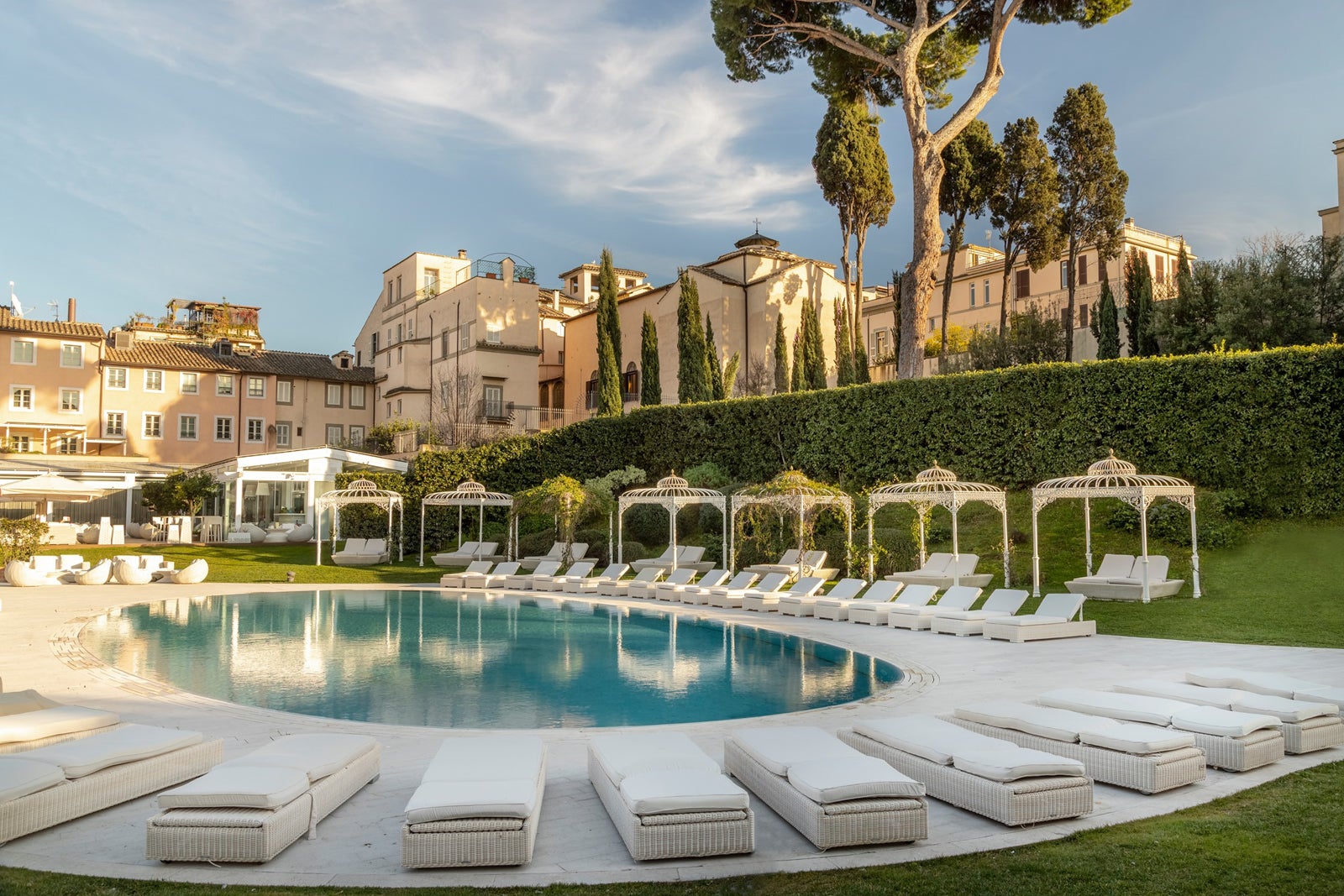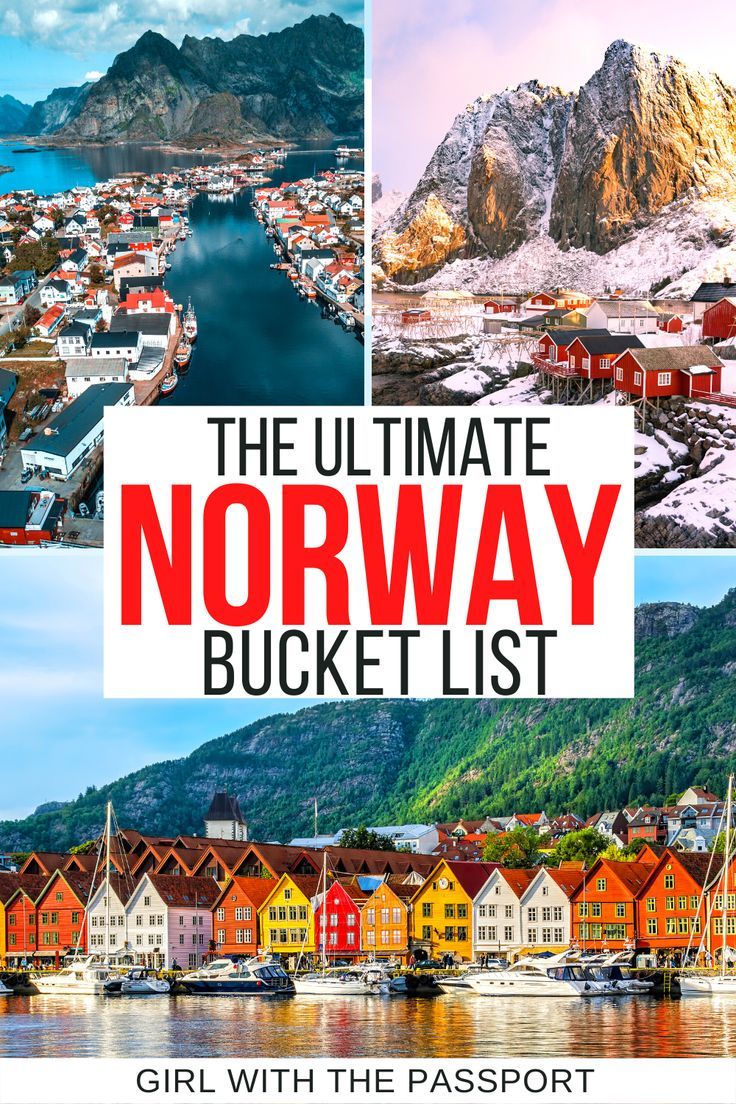
Norway, a land sculpted by glaciers and adorned with breathtaking natural beauty, beckons travelers with its promise of adventure, tranquility, and a profound connection with nature. From the dramatic fjords carving their way through towering mountains to the ethereal dance of the Northern Lights, Norway offers an experience unlike any other. This comprehensive guide will equip you with everything you need to plan your unforgettable journey to this Scandinavian gem.
A Glimpse into Norwegian History and Culture:
Norway’s history is a captivating tale of Vikings, independence, and resilience. For centuries, the Vikings, renowned seafarers and explorers, sailed from the Norwegian coast, leaving their mark across Europe. Traces of their legacy can be found in archaeological sites, Viking ship museums, and the very spirit of Norwegian independence.

Related Articles about A Traveler’s Guide to Norway: Where Fjords Whisper and Northern Lights Dance:
- The Land of the Long White Cloud: Your Ultimate Travel Guide to New Zealand
- China: A Journey Through Time, Culture, and Unforgettable Landscapes
- India: A Traveler’s Guide to a Land of Infinite Wonders
- Nepal: A Journey to the Roof of the World and Beyond
- The American Tapestry: A Comprehensive Travel Guide to the United States
In the late Middle Ages, Norway was united with Denmark and later Sweden. However, a strong sense of national identity persisted, culminating in Norway’s independence in 1905. The country’s history is intertwined with its natural environment, shaping the character of its people and influencing their respect for sustainability and the preservation of their heritage.
Norwegian culture is characterized by its emphasis on equality, social responsibility, and a deep appreciation for the outdoors. The concept of "friluftsliv" (open-air living) is deeply ingrained in the Norwegian psyche, encouraging people to embrace nature and enjoy its benefits. This is reflected in the country’s extensive network of hiking trails, well-maintained parks, and a commitment to environmental protection.
Top Attractions: A Journey Through Norway’s Wonders:
Norway boasts a wealth of attractions, catering to diverse interests. Here are some of the must-see highlights:
- The Fjords: The fjords are arguably Norway’s most iconic feature. These narrow, deep inlets carved by glaciers are framed by towering cliffs and cascading waterfalls. Some of the most stunning fjords include:
- Geirangerfjord: A UNESCO World Heritage site, famous for its dramatic waterfalls like the "Seven Sisters" and the "Suitor."
- Sognefjord: Norway’s longest and deepest fjord, offering breathtaking views and opportunities for kayaking, boat trips, and hiking.
- Hardangerfjord: Known for its lush orchards, producing delicious apples, and its proximity to the iconic Trolltunga rock formation.

- The Northern Lights (Aurora Borealis): Witnessing the ethereal dance of the Northern Lights is a once-in-a-lifetime experience. The best time to see them is during the winter months (September to April) in the northern regions of Norway, such as Tromsø and the Lofoten Islands.
- Oslo: The vibrant capital city offers a blend of history, culture, and modern amenities. Highlights include:
- Vigeland Sculpture Park: A unique park showcasing over 200 sculptures by Gustav Vigeland.
- Akershus Fortress: A medieval castle offering stunning views of the Oslofjord.
- The Viking Ship Museum: Home to well-preserved Viking ships dating back to the 9th century.
- The Munch Museum: Dedicated to the works of Edvard Munch, including his iconic painting "The Scream."
- Bergen: A charming city nestled between seven mountains and the sea. Explore:
- Bryggen: A UNESCO World Heritage site featuring colorful wooden buildings, a reminder of Bergen’s Hanseatic League past.
- Mount Fløyen: Ride the funicular to the top for panoramic views of the city and surrounding fjords.
- The Fish Market: A lively market where you can sample fresh seafood.
- Tromsø: A gateway to the Arctic, perfect for Northern Lights viewing and experiencing the midnight sun. Explore:
- The Arctic Cathedral: A striking modern church with a distinctive triangular design.
- Polaria: A museum and aquarium showcasing Arctic wildlife and the Northern Lights.
- Take a Sami cultural experience: Learn about Sami culture, the indigenous people of Northern Norway.
- The Lofoten Islands: A stunning archipelago offering dramatic landscapes, charming fishing villages, and incredible opportunities for hiking and photography.
- Preikestolen (Pulpit Rock): A flat-topped cliff overlooking the Lysefjord, offering a thrilling and rewarding hike.
- Kjeragbolten: A massive boulder wedged between two cliffs, accessible via a challenging hike in the Lysefjord region.
- Hiking Trails: Norway is a hiker’s paradise. From easy strolls to challenging climbs, the country offers trails for all levels. Popular hikes include:
- Trolltunga: A dramatic rock formation jutting out over Lake Ringedalsvatnet.
- Romsdalseggen Ridge: A challenging but rewarding hike with panoramic views.
Travel Tips for a Smooth and Memorable Trip:
- Visa Requirements: Check visa requirements based on your nationality. Many nationalities can enter Norway visa-free for tourism purposes.
- Best Time to Visit:
- Summer (June-August): Offers the warmest temperatures, long daylight hours (midnight sun in the north), and ideal conditions for hiking and outdoor activities. This is also the peak season, so expect higher prices and more crowds.
- Shoulder Seasons (May & September): Offer pleasant weather, fewer crowds, and lower prices. May is particularly beautiful with blooming flowers, while September offers colorful autumn foliage.
- Winter (November-March): Provides the best opportunities for seeing the Northern Lights, skiing, and experiencing a winter wonderland. Be prepared for cold temperatures, snow, and limited daylight hours.
- Currency: The Norwegian currency is the Norwegian Krone (NOK). Credit cards are widely accepted, but it’s always a good idea to have some cash on hand.
- Language: Norwegian is the official language. English is widely spoken, especially in tourist areas.
- Transportation:
- Flights: Major international airports are located in Oslo (OSL), Bergen (BGO), and Stavanger (SVG).
- Trains: A comfortable and scenic way to travel between major cities. The Bergen Railway is particularly famous for its stunning views.
- Buses: A cost-effective option for traveling between smaller towns and villages.
- Ferries: Essential for exploring the fjords and islands.
- Rental Cars: Offer flexibility for exploring the country at your own pace. Be aware of narrow roads and challenging driving conditions in some areas.
- Packing Essentials:
- Layers: Pack clothing in layers to adapt to changing weather conditions.
- Waterproof and Windproof Gear: Essential for outdoor activities, especially in the fjords and mountains.
- Hiking Boots: If you plan on hiking.
- Sunscreen and Sunglasses: Even on cloudy days, the sun can be strong.
- Insect Repellent: Especially during summer.
- Adapter: If your electrical devices use a different plug type than the European standard.
- Accommodation:
- Hotels: Offer a wide range of options, from budget-friendly to luxury.
- Hostels: A budget-friendly option, especially for solo travelers.
- Guesthouses: Provide a more local and personalized experience.
- Rorbu (Fishermen’s Cabins): Unique accommodation options found in the Lofoten Islands, offering a taste of traditional Norwegian life.
- Campsites: A great option for budget travelers and those who enjoy being close to nature.
- Food and Drink:
- Sample Norwegian Cuisine: Try fresh seafood, such as salmon, cod, and prawns. Other local specialties include:
- Fårikål: Lamb and cabbage stew, the national dish of Norway.
- Kjøttkaker: Meatballs served with gravy and potatoes.
- Smørrebrød: Open-faced sandwiches with various toppings.
- Coffee Culture: Norwegians are passionate about coffee. Enjoy a "fika" (coffee break) at a local cafe.
- Alcohol: Alcohol is expensive in Norway. You can purchase alcohol at Vinmonopolet (government-run liquor stores).
- Sample Norwegian Cuisine: Try fresh seafood, such as salmon, cod, and prawns. Other local specialties include:
Transportation in Norway: Navigating the Landscape:
Norway’s infrastructure is well-developed, offering various transportation options to explore the country.
- Flights: Domestic flights are a convenient way to travel between major cities, particularly when covering long distances. Airlines like SAS and Norwegian offer frequent flights.
- Trains: The Norwegian railway system is known for its efficiency and scenic routes. The Bergen Railway is a highlight, offering breathtaking views as it crosses the mountains. The train is a great option for experiencing the interior of Norway.
- Buses: Buses connect smaller towns and villages, providing a cost-effective alternative to trains. Long-distance bus services are available and can be a good option if you are on a budget.
- Ferries: Ferries are essential for exploring the fjords and islands, offering scenic journeys across the water. Many ferry routes are integrated into the public transportation network.
- Rental Cars: Renting a car provides flexibility for exploring at your own pace, especially in regions with limited public transportation. However, be aware of narrow roads and challenging driving conditions, particularly in mountainous areas. Roads can also be affected by weather conditions during the winter.
- Cycling: Norway has designated cycling routes, making it a great option for exploring certain regions.
- Local Transportation: Cities and towns have public transportation systems, including buses, trams, and subways. Oslo has an efficient public transport system.
Accommodation Options: Finding Your Perfect Stay:
Norway offers a diverse range of accommodation options to suit every budget and preference.
- Hotels: Hotels range from budget-friendly options to luxurious establishments, catering to various travel styles. Major cities have a wide selection of hotels, while smaller towns and villages offer more intimate options.
- Hostels: Hostels are a popular choice for budget travelers and backpackers, providing shared dorm rooms and private rooms. They offer a social atmosphere and are often located in central locations.
- Guesthouses: Guesthouses provide a more personal and local experience, often run by families. They offer comfortable rooms and a chance to interact with locals.
- Rorbu (Fishermen’s Cabins): These traditional red cabins, located primarily in the Lofoten Islands, provide a unique and authentic Norwegian experience. They offer self-catering facilities and stunning views.
- Cabins and Cottages: Renting a cabin or cottage is a popular option for families and groups, offering privacy and the chance to enjoy nature. They are often equipped with kitchens and other amenities.
- Campsites: Campsites are a budget-friendly option, offering basic facilities for camping and caravanning. They are a great way to be close to nature and enjoy the outdoors.
- Farm Stays: Experience rural life by staying on a farm, enjoying fresh produce and a peaceful environment.
The Best Time to Visit Norway: Tailoring Your Trip:
The ideal time to visit Norway depends on your interests and what you want to experience:
- Summer (June-August):
- Pros: Warmest temperatures, long daylight hours (midnight sun in the north), ideal conditions for hiking, outdoor activities, and exploring the fjords.
- Cons: Peak season, higher prices, more crowds.
- Best for: Hiking, camping, boat trips, exploring cities, enjoying the midnight sun.
- Shoulder Seasons (May & September):
- Pros: Pleasant weather, fewer crowds, lower prices than summer. May offers blooming flowers, while September has colorful autumn foliage.
- Cons: Weather can be unpredictable, some attractions may have limited opening hours.
- Best for: Hiking, enjoying the scenery, avoiding crowds.
- Winter (November-March):
- Pros: Best time to see the Northern Lights, skiing, snowboarding, and experiencing a winter wonderland.
- Cons: Cold temperatures, snow, limited daylight hours, some roads may be closed.
- Best for: Northern Lights viewing, skiing, winter sports, experiencing a magical winter atmosphere.
- Spring (April-May) and Autumn (September-October):
- These seasons can offer a mix of the other seasons, with mild temperatures and fewer crowds than summer. Be prepared for changing weather conditions.
Conclusion: Embark on Your Norwegian Adventure:
Norway is a country that will captivate your senses and leave an indelible mark on your soul. By planning your trip with this comprehensive guide, you’ll be well-equipped to experience the best that Norway has to offer. Embrace the beauty of the fjords, chase the Northern Lights, explore the vibrant cities, and immerse yourself in the warmth and hospitality of the Norwegian people. Prepare to be amazed by the natural wonders and create memories that will last a lifetime. Lykke til! (Good luck!)
